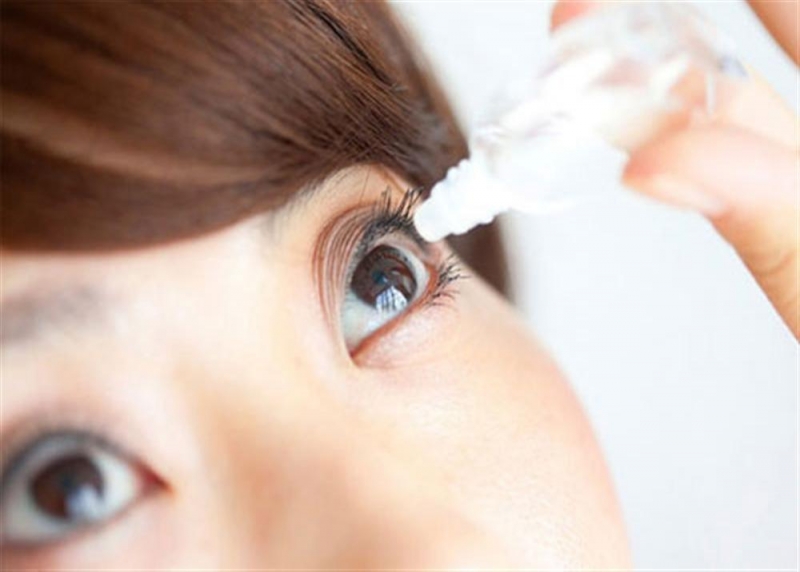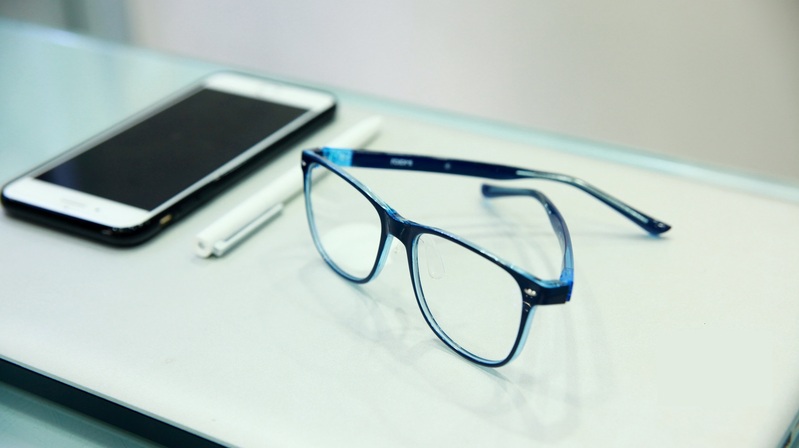Eye drops are one of the most common medications found in household medicine cabinets. They are liquid preparations, either solutions or sterile suspensions, containing one or more medicated ingredients that are administered into the conjunctival sac for diagnostic or therapeutic purposes. However, not everyone knows how to use eye drops correctly, and this can directly affect your eye health.
1 Avoid Prolonged and Frequent Use of Eye Drops

One type of eye drops that many people use daily is physiological saline (NaCl 0.9%). These eye drops contain only NaCl salt at a concentration similar to that of natural tears, and they serve to soothe, moisturize, and cleanse the eyes. However, according to ophthalmologists, prolonged and frequent use of this type of eye drops can have negative effects on the eyes. It is recommended to use NaCl 0.9% only for eye cleansing when your eyes are exposed to dust or feel tired and dry.
Additionally, it is important to note that once opened, the bottle of NaCl 0.9% solution should only be used for 15 days. After this period, the solution may no longer be sterile, and continued use may facilitate the growth of fungi and bacteria, leading to eye infections.
For reference: A collection of simple and safe home remedies
2 Avoid Overusing Artificial Tears

Some people use artificial tears to increase the viscosity of their tears and combat dry eyes. However, ophthalmologists advise that this is unnecessary as our eyes naturally produce a thin film of tears to protect the eye surface. Artificial tears are only recommended if you have a medical condition that causes dry eyes due to insufficient tear production.
Even in such cases, artificial tears should only be used for a short period. If your dry eye symptoms improve, discontinue use, and only resume if the symptoms of eye fatigue and dryness return.
Overusing artificial tears can lead to adverse effects such as eye irritation, itching, burning, allergic reactions, and redness. If you experience any of these symptoms, consult an ophthalmologist immediately.
Some people also use antibiotic eye drops containing corticoids as a preventive measure. This is an inappropriate use of medication, as antibiotic eye drops should only be used when there is a bacterial infection in the eye. Misuse of antibiotics can lead to serious complications. For example, if you have a fungal or herpes corneal ulcer and use eye drops containing corticoids, the condition may worsen, leading to corneal perforation, cataracts, and blurred vision.
3 The Best Way to Protect Your Eyes
Instead of relying heavily on eye drops, here are some better ways to ensure the health of your eyes:
– If you work with computers, wear protective eyewear; otherwise, reduce the brightness and glare of your screen.
– Give your eyes a break every 30 minutes during work or other screen time.

– Blink more frequently while working to prevent dry eyes.
– Wear sunglasses when exposed to intense sunlight.
– Nourish your eyes from within by including eye-healthy nutrients in your daily diet.
– Consult an ophthalmologist if you notice any unusual eye symptoms, and avoid self-medicating with eye drops.
In conclusion, while eye drops can be easily purchased over the counter, it is crucial to understand that improper use can lead to serious consequences, including blindness. Always seek professional advice before using any medication, including eye drops, to ensure the health and safety of your eyes.
Tips for Relief from Eyestrain and Dry Eyes Resulting from Prolonged Screen Use
Do you ever feel like your eyes are overworking? This is a common symptom of eye strain, which can include temporary blurred vision and dryness of the eyes. Read on with Dien May Xanh to get tips on how to cope with eyestrain and dryness in the eyes that comes with prolonged use of laptops, computers, and phones.


































